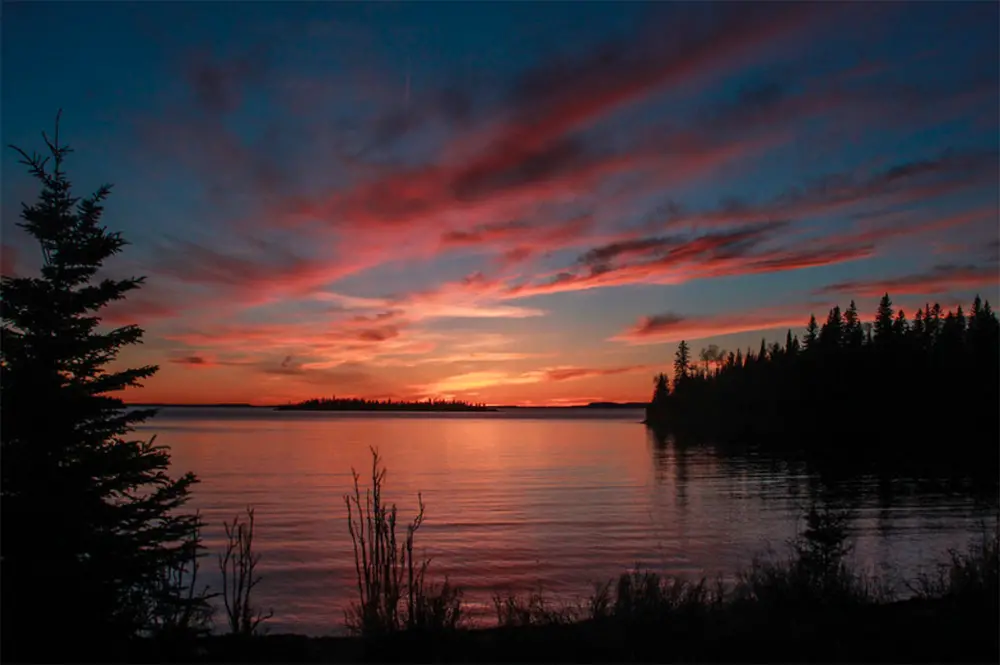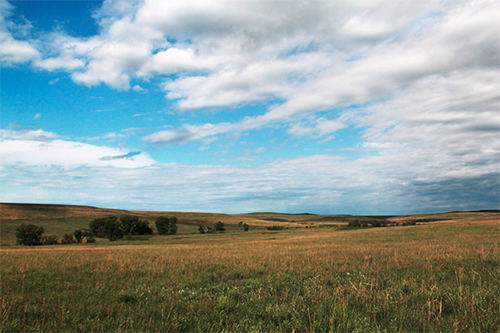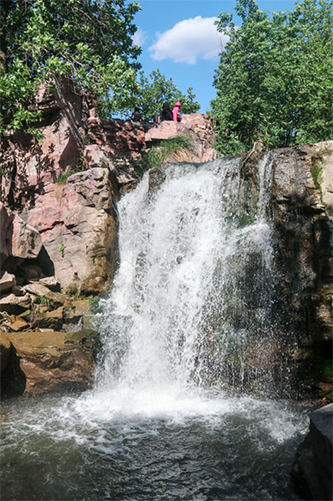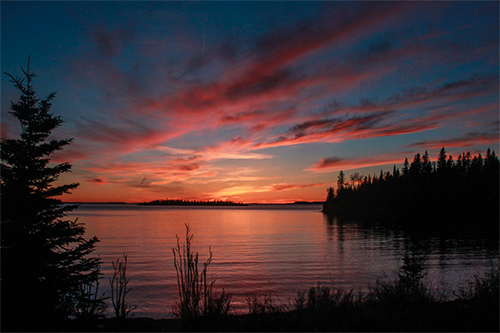
Robert Pahre is a professor of political science at the University of Illinois Urbana-Champaign, where he teaches and writes on the national parks and the environment. Inspired by his current research on the national parks of the Midwest, we asked Professor Pahre to share his favorite national parks from among the sites he has explored for the book. Here's his reply.
When most people think of national parks, they don’t think about the Midwest. That’s unfortunate, since the Great Lakes and the prairies offer natural parks with many subtle beauties. The region also has a lot of historic sites to explore.
Because the Midwest parks differ so much from one another, I don’t like to choose just a few “best” sites. I like to think about different kinds of parks, and choose my favorite in each category.
Best prairie
Tallgrass Prairie National Preserve, Kansas

When people think “Midwest,” they generally think “prairie,” so let’s start with the best prairie park. Tallgrass Prairie is an unusual park because it depends on a cooperative agreement between The Nature Conservancy and the National Park Service. The preserve uses both bison and managed fires to keep the tallgrass prairie as it once was, and it also uses cattle as a partial substitute for bison.
The park has a network of trails through this part of the Flint Hills region, with grasses, wildflowers, and small woodlands to explore. Tallgrass Prairie also maintains a suite of historic buildings, including a historic schoolhouse and a gigantic barn.
For a very different prairie experience, you might also visit Theodore Roosevelt National Park in western North Dakota.
Best historic site
Grand Portage National Monument

This park preserves the site of a nine-mile portage that connects the Great Lakes to the interior regions of North America. While Indigenous nations had long used Gichi-Onigaming, the Great Carrying Place, it became a key link in the global fur trade network from 1731 to 1804. The park includes a new heritage center that reflects ongoing cooperation between the National Park Service and the Grand Portage Band of Chippewa Indians. From there, you walk to a reconstructed trading post and stockade, with demonstrators at the Ojibwe Village in the summer season.
You can hike the entire length to the historic site of Fort Charlotte. I’d recommend making it an overnight backpacking trip. The park has not reconstructed the site, but you can look longingly over the Pigeon River into Canada. Skilled paddlers can also use the canoe route from the Boundary Waters that ends at Fort Charlotte.
Best Indigenous heritage

Pipestone National Monument, Minnesota
At Pipestone, Minnesota, the National Park Service protects a site that many Indigenous peoples have long used to quarry stone to carve into sacred pipes. Though it’s traditionally associated with the peoples of the prairies, any member of a federally-recognized tribe can request a permit to quarry the stone. This remains an active cultural landscape, with people carving pipestone inside the visitor center while others quarry the stone outside. The quarriers avoid working in the hottest summer months, so call the park for recommended times to visit.
The park has a paved Circle Trail from the visitor center that shows you active quarries, the hard quartzite layers lying on top of the softer pipestone, Winnewissa Falls, several rock formations, and parts of the preserved tallgrass prairie here. The trail will accommodate visitors with many disabilities, but again, best to call ahead for details.
Best long trail
Ice Age National Scenic Trail
While the Appalachian Trail gets all the press, and the Pacific Crest Trail gets all the movies, the Midwest also offers two of America’s national scenic trails. The North Country Trail (NCT) is the longest in the country, running 4,700 miles from North Dakota into Vermont. I’ve hiked some beautiful stretches of the NCT in Minnesota and Michigan’s Upper Peninsula. A friend has hiked the entire length of the trail.
Impressive as such a feat would be, I’d recommend the 1,200-mile Ice Age Trail instead. You can jump on the trail in cities like Madison, Wisconsin, or choose more remote sections in Wisconsin’s northern woods. The trail winds along the edges of the glaciers of the last Ice Age, showing off two dozen different features of glacial geology.

Best National Park
Isle Royale National Park

Though it’s a “crown jewel” of the national park system, Isle Royale gets fewer visitors than any other national park in the Lower 48. Its location in the middle of Lake Superior makes it hard to reach. While it has a lodge and some cabins, it’s really a backpacking park. Along the shorelines backpackers can use their tents or stay in a three-sided shelter (first come, first served). Where else can you stay in a lake-side cabin for $5 a night?
Isle Royale offers a remarkable mix of forests of the “North Woods” type, abundant beaver lodges and moose, and the chance to hear (or see) a wolf. The park also has a community of boot-stealing foxes and snack-stealing whiskeyjacks. The National Park Service has a ship than can carry your cabin cruiser to the island. You can also explore the park by canoe or kayak, but Lake Superior’s waters are for experienced paddlers only.
If Isle Royale is too challenging for you, my second-favorite national park in the Midwest is Indiana Dunes National Park. With well over a thousand plant species, it’s a biodiversity hotspot. You can also make it a summer trip to the beach, but beware the crowds on a summer weekend. If you don’t mind hiking up a steep sand dune, my favorite destination is Bailly Beach at the end of the Cowles Bog Trail.